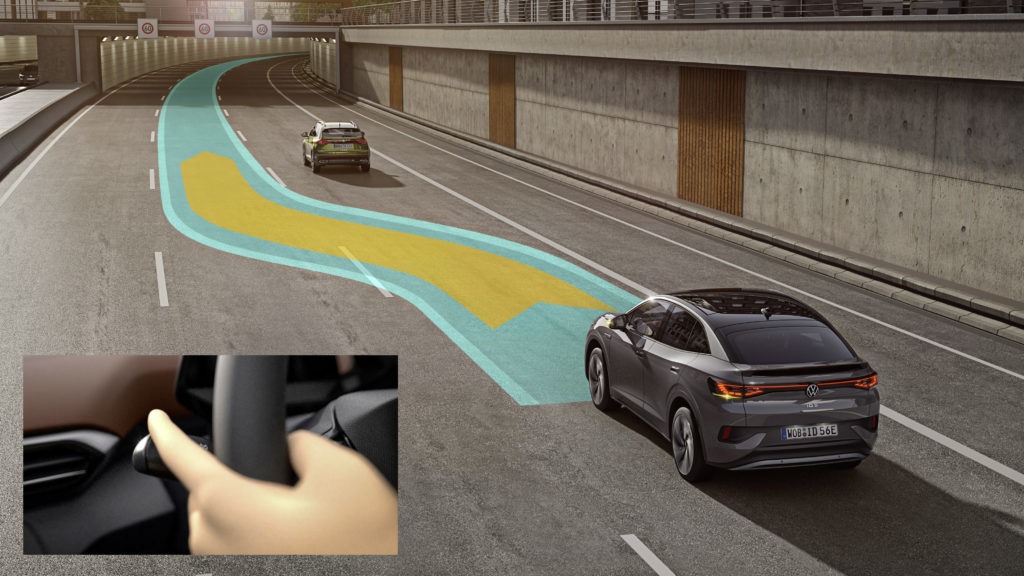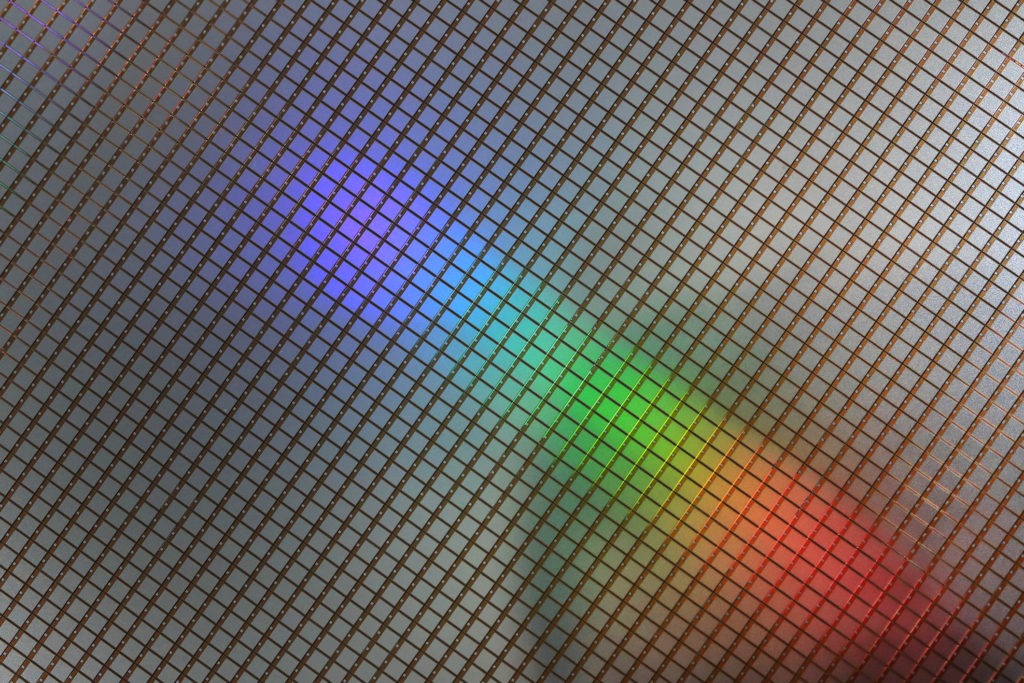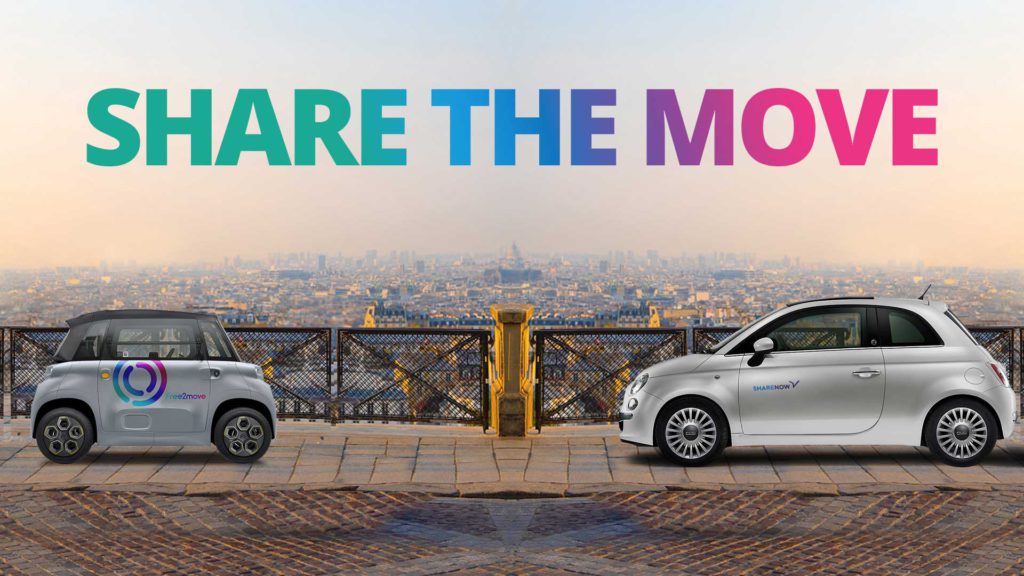Ford trials speed-limiting geofencing technology
29 May 2022

Ford is looking at ways to incorporate geofencing into its vehicles. The technology, which can create a virtual geographical boundary, automatically controlling speed, could one day remove the need for speed limit signs altogether.
Ford is currently trialling the geofencing technology in the German city of Cologne using two Ford E-Transit vehicles. Central to the pilot, which will run until March 2023, is a wider plan to look at how 30kph speed limit zones near places such as schools, hospitals, and other public areas could be made safer with geofencing enabled. Additionally, researchers are rolling out the trial to selected 50kph zones across the city.
Geofencing technology creates a virtual area which triggers vehicle software to slow down automatically. This removes reliance on drivers to spot signs that may be on unfamiliar routes, or unseen due to overgrown trees or other obstructions.
A major driver in Ford’s trial is assessing ways to reduce the number of fatalities and injuries caused by vehicles operating in excess of the speed limit. According to Statistia, in the EU between 2010 and 2018, more than 51,000 pedestrians died in incidents caused by road accidents.
Ford believes that by implementing geofencing-linked driver assistance technologies, the volume of incidents involving vehicles and pedestrians or cyclists can be reduced.
How geofencing works
The trial is a collaboration between the Ford City Engagement team, city officials in Cologne and Aachen, and the carmaker’s software engineers based in Palo Alto, US. Together with colleagues in Aachen, the Palo Alto engineers developed technology that connects the vehicle to the geofencing system for GPS tracking and data exchange.
When the driver approaches a 30kph speed limit zone, the relevant information is displayed via the dashboard. As the vehicle enters the set boundary, it automatically reduces speed in line with the geofenced zone. The driver can override the system and deactivate the speed limit control at any time.
Ford states that the technology has the potential to allow drivers to set their own geofencing zones at speeds as low as 20kph.This makes it useful for application in scenarios involving depots and other private facilities. Speed limits could also be set dynamically, to take into account local hazards, temporary road works and the time of day.
‘Connected-vehicle technology has the proven potential to help make every day driving easier and safer to benefit everyone, not just the person behind the wheel,’ commented Michael Huynh, manager, city engagement Germany, Ford of Europe. ‘Geofencing can ensure speeds are reduced where, and even when, necessary to help improve safety and create a more pleasant environment.’
As well as potentially improving safety and helping drivers avoid speeding fines, Ford’s initiative could have a more aesthetic relevance. The German traffic code has over 1,000 types of road signs, while in the UK, it is estimated that the number of road signs has doubled in the last two decades, to around 4.6 million in total. Geofencing technology could be key to reducing the number of signs as well as allowing drivers to concentrate on their surroundings, rather than signage.



